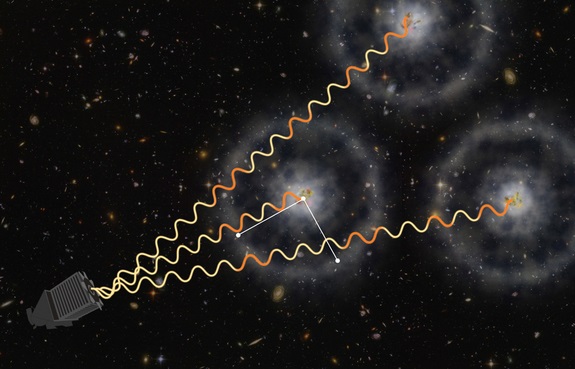
By incorporating quasars into the field of study, physicists determine the expansion rate of the universe to within 2.2 accuracy. That rate: 68 kilometers per second (which, for the Douglas Adams aficionados out there, translates into 42 miles per second.) “The uncertainty is plus or minus only a kilometer and a half per second.”

